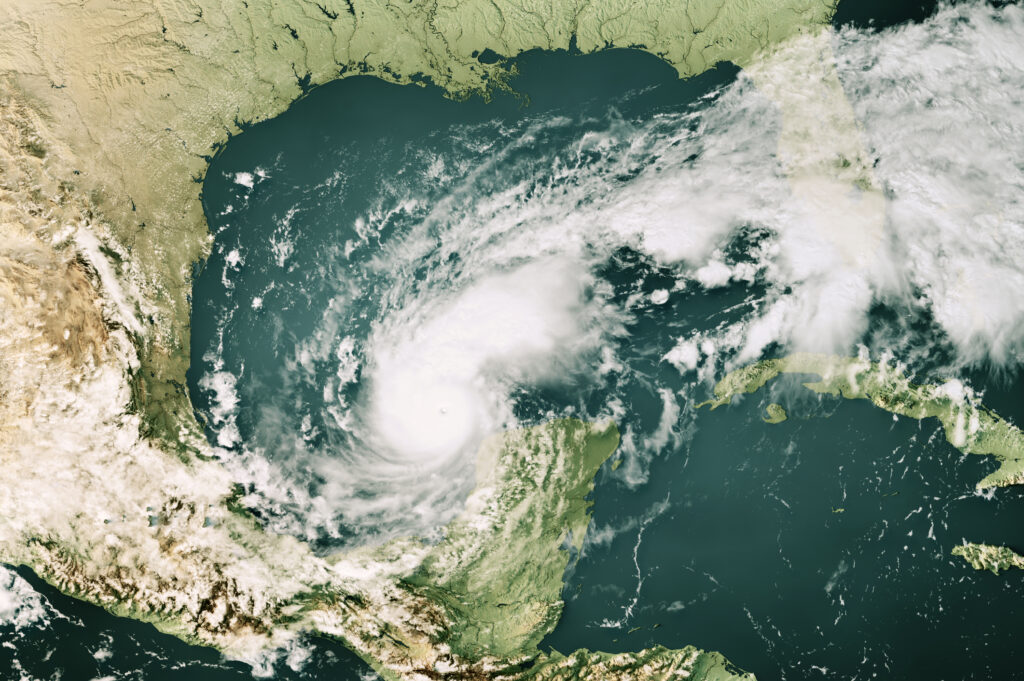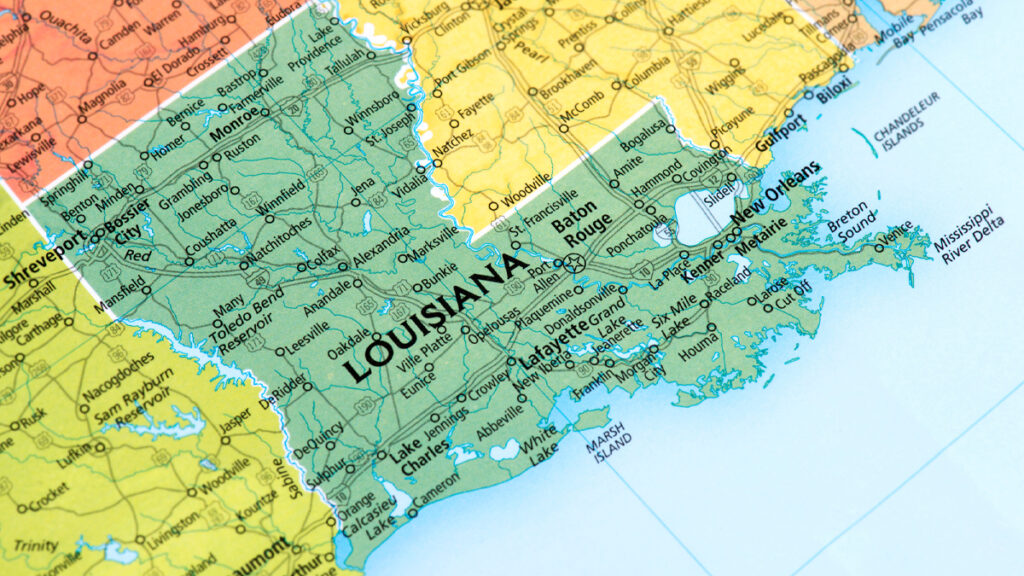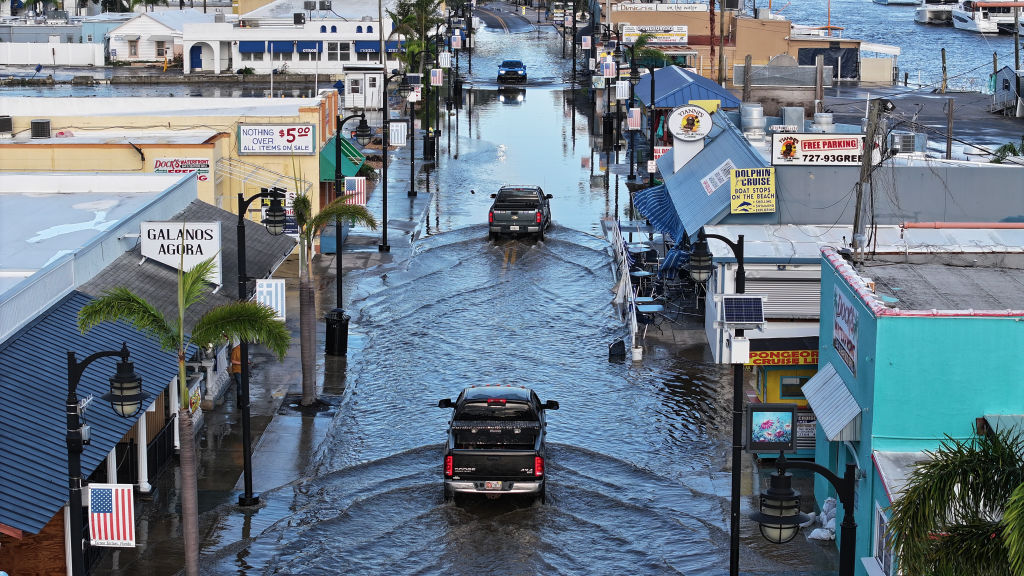
By Lewis Nibbelin, Contributing Writer, Triple-I
First-time buyers comprised only 32 percent of the housing market in 2023, according to an annual profile by the National Association of Realtors. Though higher compared to 2022, this number is a stark drop from the 38 percent annual average since 1981.
The ongoing risk crisis and housing shortage, paired with rising mortgage rates, compound the issues prospective property owners typically face when purchasing real estate. These factors are distinctly challenging for first-time homeowners, who are often less informed on the insurance coverage necessary for their property.
Sandra Rampersaud, President and CEO of Vespiary Realty and Aequitas Risk Solutions, helps bridge this informational gap. In a recent episode of the All Eyes on Economics podcast with Triple-I Chief Economist and Data Scientist Dr. Michel Léonard, CBE, Rampersaud discussed the services she provides her clients as both a realtor and insurance broker.
Though many first-time buyers, as she explained, “do not have any clue on what it takes to manage…and even upkeep a home,” Rampersaud prepares clients for homeownership by urging them to consider flood risk and other potential losses from the beginning of the process. Due to the increasing need for flood coverage, which is not offered via standard homeowners insurance policies, flood insurance is a common question during her consultations.
“If this home does need flood insurance,” she asked as an example, “can you [the client] financially afford that? Because this is going to be a long-term commitment for 30 years until you own the home.”
The condition of a property may further complicate the buying process. Recent record-breaking climate disasters have created an influx of extensively damaged houses on the current market, Rampersaud said. Thus, more prospective homeowners must acquire builder’s risk insurance to secure a mortgage for and fix their property. Builder’s risk insurance policies vary wildly depending on the type and extent of renovations, so an understanding of the amount of coverage needed is crucial.
“It’s not always easy,” Rampersaud continued, “because the markets right now on the insurance end have actually ceased or minimized certain geographical areas” due to hurricane and storm damage. Some clients can no longer afford a property after accounting for these insurance costs, so finding realtors and insurance brokers experienced in builder’s risk insurance is especially important given present market trends.
U.S. immigrants are often at a disadvantage when trying to navigate these hurdles to first-time homeownership. Rampersaud—herself an Asian-American immigrant—said many of her immigrant clients lack knowledge when it comes to purchasing real estate.
“A parent growing up may or may not have given us the tools we needed,” she explained, and “having that background myself, I’ve always tutored…my clients in saying, ‘Wait a minute, why don’t we think about utilizing these resources and the way you look at your money to get what you need, which is a home?’”
Credit is a common setback, as immigrants may struggle to develop a credit and savings history in the U.S. to obtain financial backing for a home.
Rampersaud also emphasized the significance of choosing a compatible realtor, particularly one who can empower clients with the specific resources they need to smoothen the homebuying process. She encouraged prospective buyers to meet with and interview multiple realtors to determine the best option for them, saying, “A rule of thumb I have is that if I do meet a prospective buyer, we will have a conversation and a consultation, because I really would like to know if we are a good match for each other.”
Overall, on homebuying, Rampersaud said, “It’s a mindset sometimes people need to be guided to.” Entrusting the aid of knowledgeable, insurance-educated guides is one of the greatest long-term mitigative actions buyers can take toward gaining control over today’s acute economic uncertainty.
Listen to Podcast: Spotify, Audible, Apple
Learn More:
Triple-I “Trends and Insights” Issues Brief: Homeowners Insurance Rates
IRC: Homeowners Insurance Affordability Worsens Nationally, Varies Widely by State
Homeowners Claims Costs Rose Faster Than Inflation for 2 Decades









